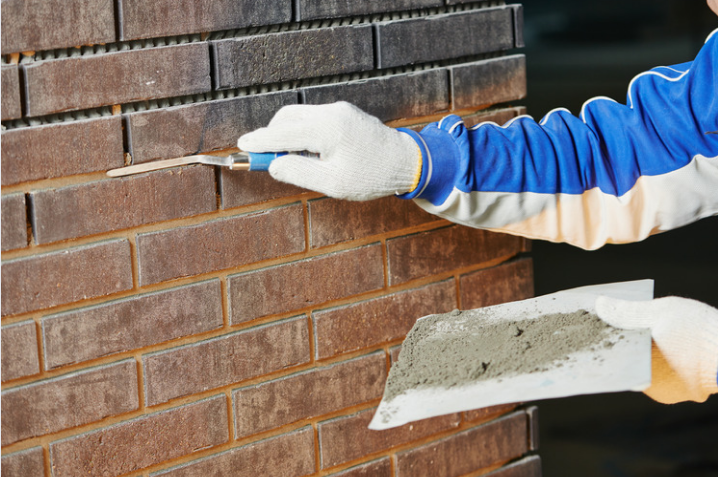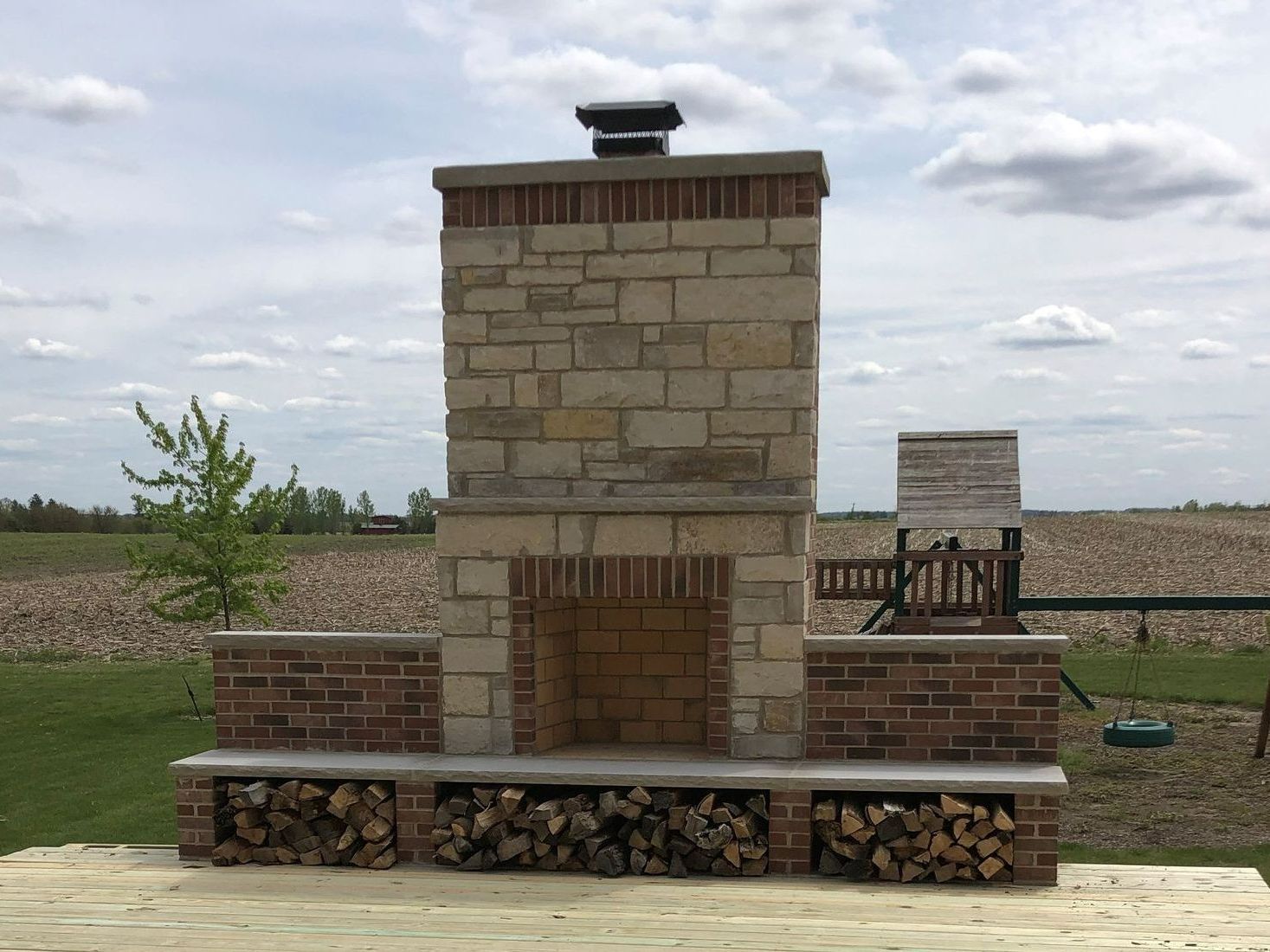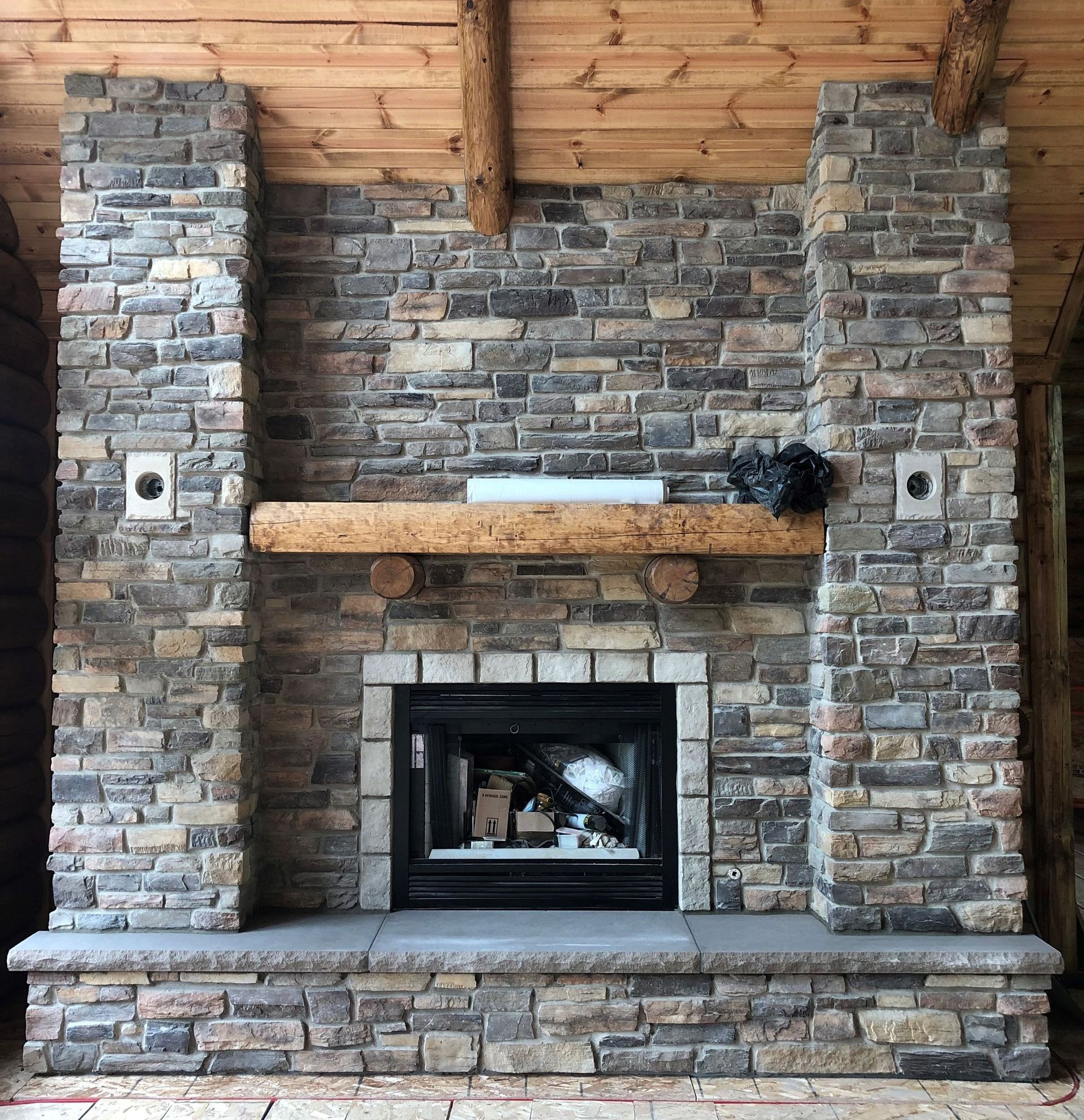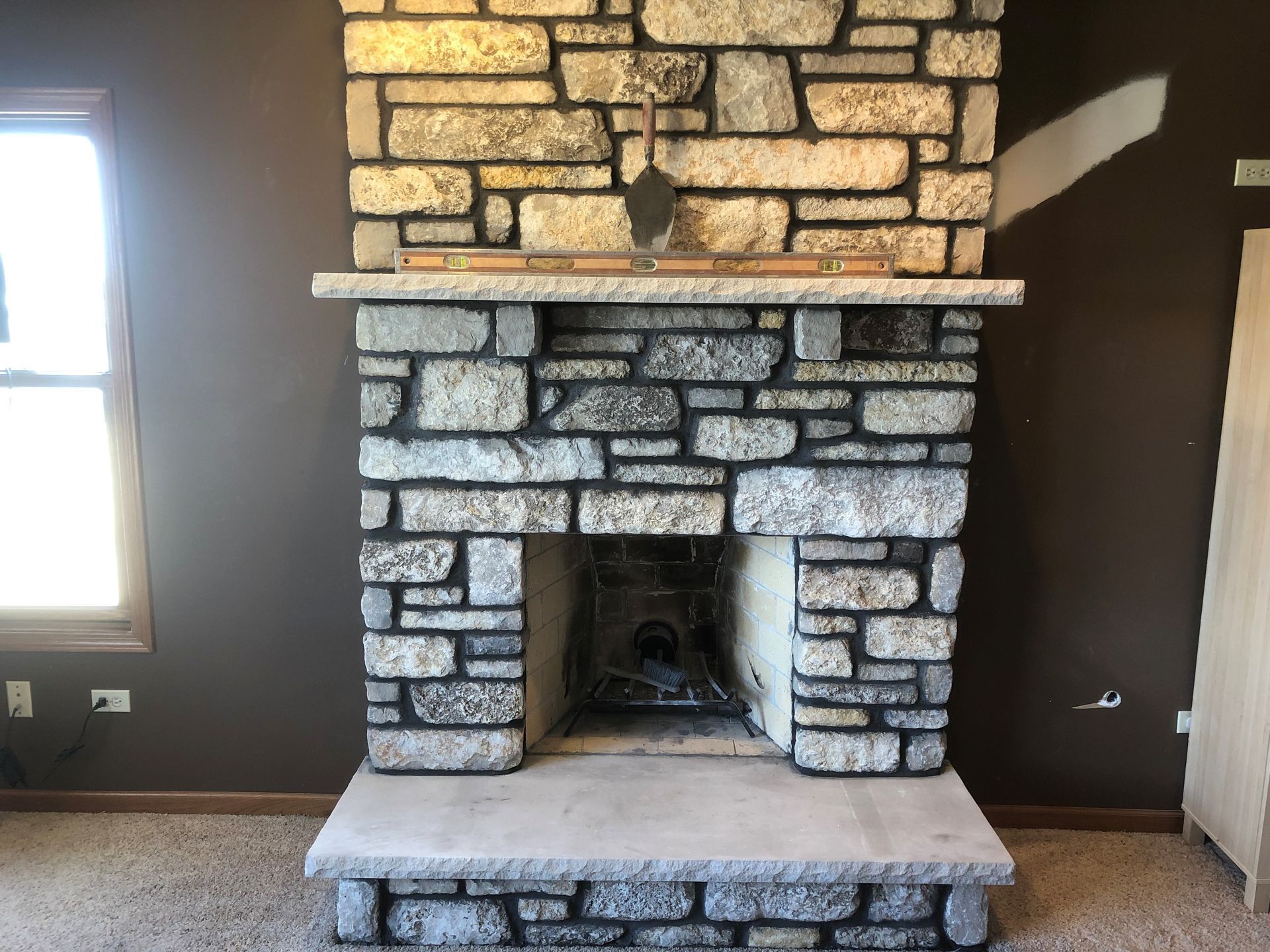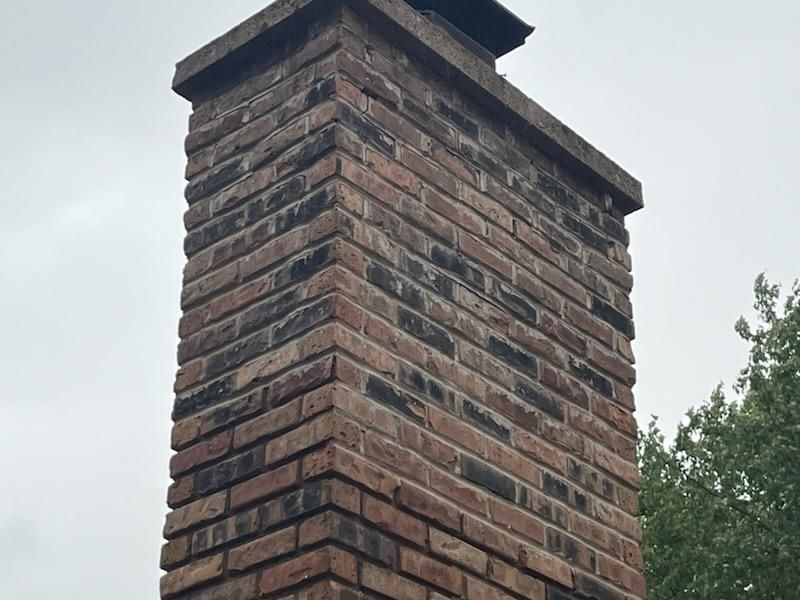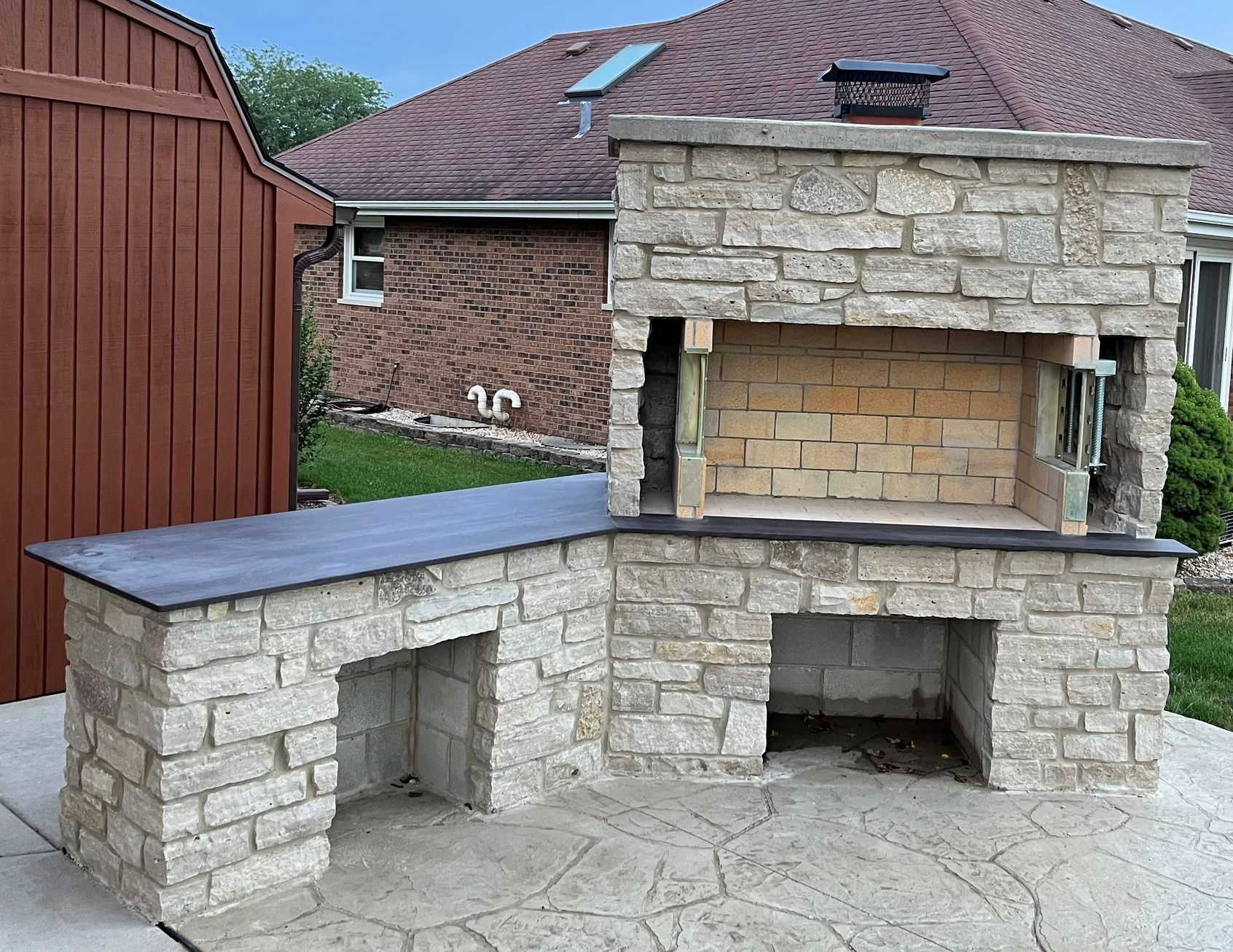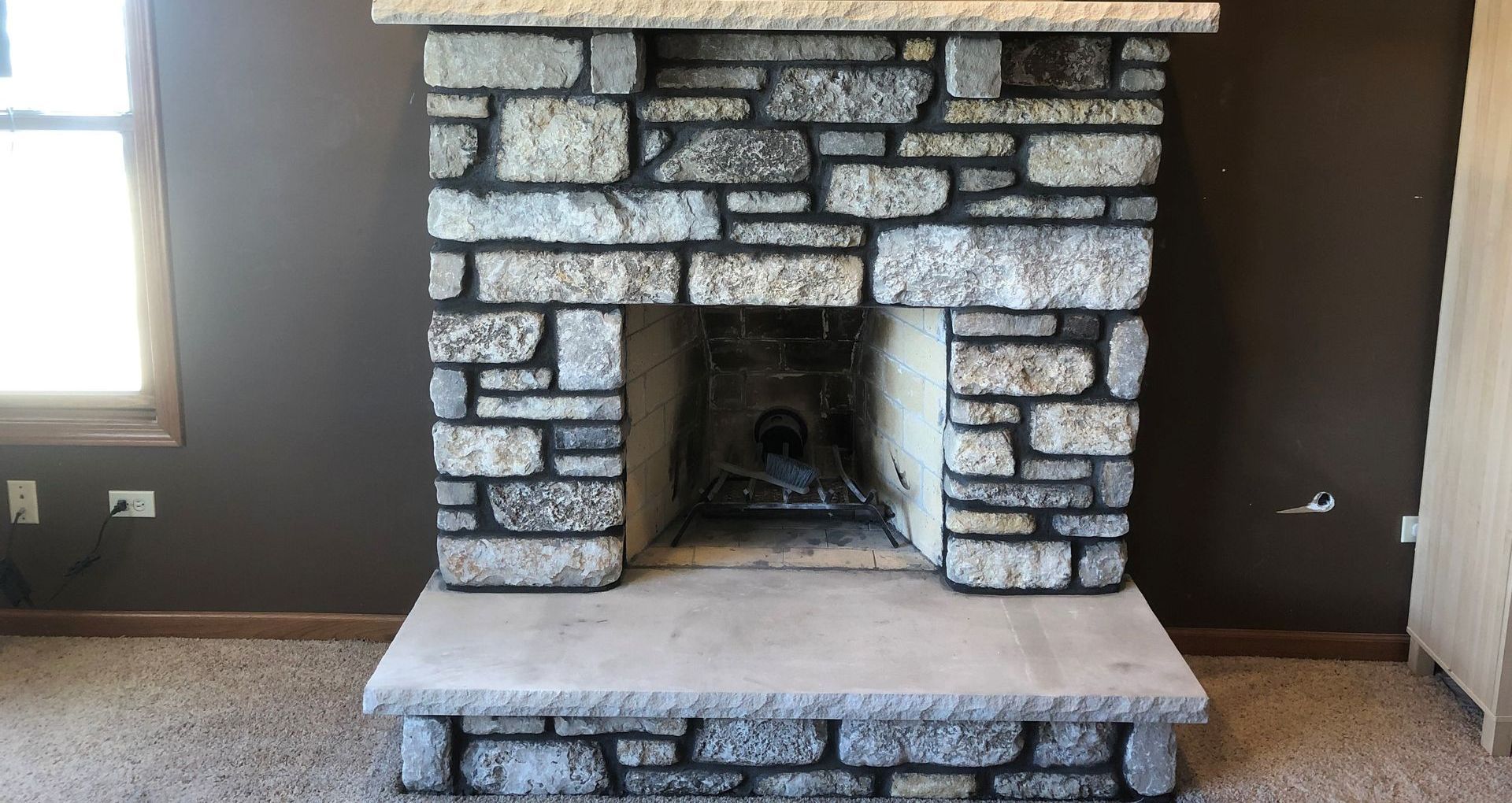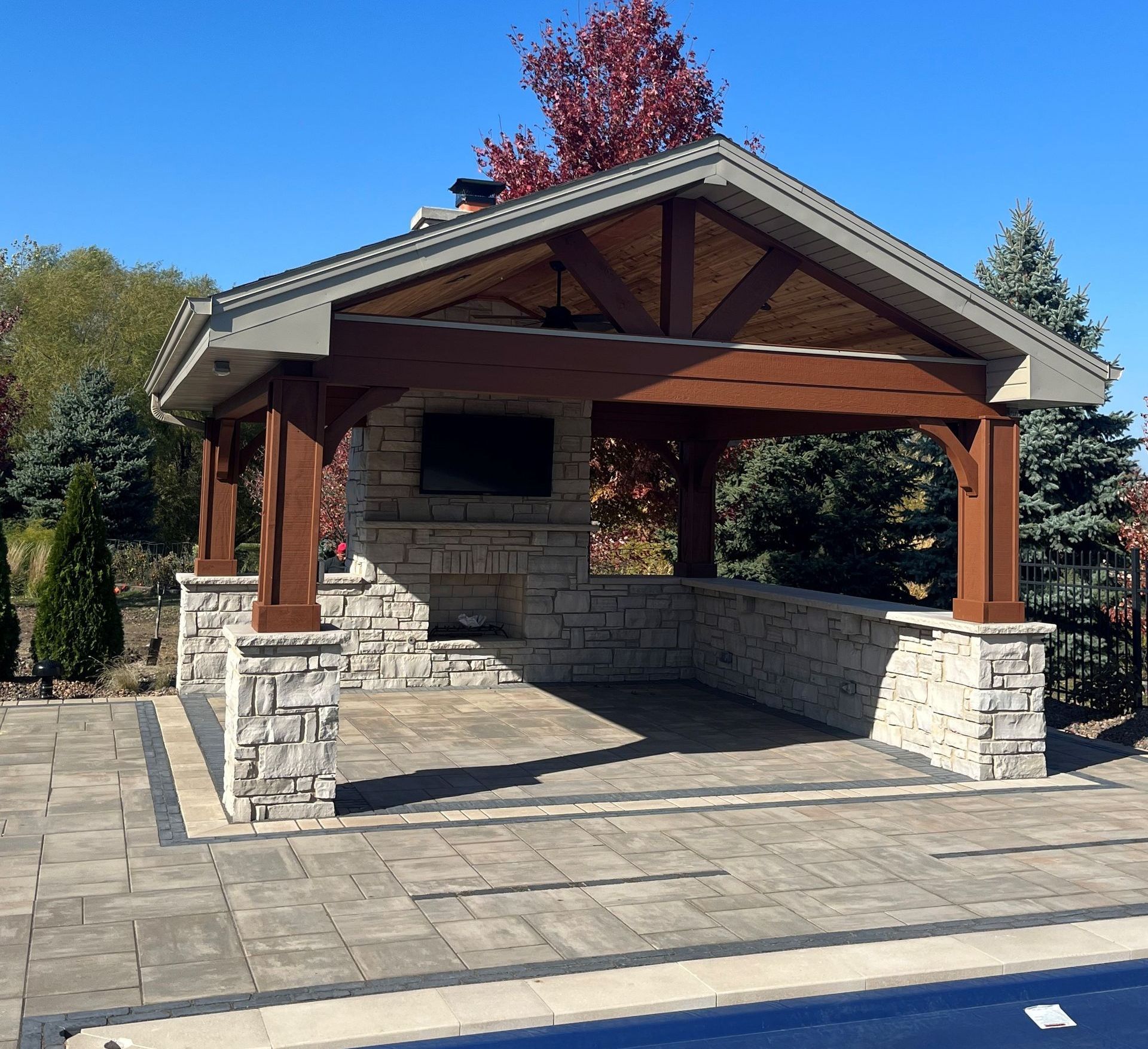Tuckpointing vs. Repointing: What’s the Difference?
What’s the Difference Between Tuckpointing and Repointing?
Contractors like to use brick for many reasons. Mostly because masonry structures are known for their durability. But buildings and chimneys can suffer from wear and tear over time. There are two common methods for repairing and maintaining masonry joints; tuckpointing and repointing.
Both processes have the same goal, to enhance the appearance and add longevity to the life of those structures. But they are quite distinct techniques suited to unlike situations. In this blog, we will jump into the differences between the two. By the time you’re done reading this, you will be more knowledgeable about the applications of tuckpointing and repointing.
What is Tuckpointing?
Tuckpointing is a masonry technique that removes the old mortar and replaces it with a mortar of a different color or composition. This is done to create an aesthetically pleasing effect. It also emphasizes the appearance of the joints, making them appear narrower, providing a sharp contrast between mortar and rocks. This method is mostly used in older brick buildings.
What is Repointing?
Repointing is a method of renewing the external mortar joints in masonry construction. This method has nothing to do with improving the appearance. Instead, repointing focuses on restoring the integrity and strength of the joints. This method is best if you find the mortar joints in your structure have eroded or cracked.
What are the Differences Between the Two?
Here are the key differences between tuckpointing and repointing.
- Purpose : For the most part, tuckpointing is mainly cosmetic and sets out to enhance the visual appeal while repointing focuses on the structural integrity and overall condition of the masonry.
- Technique : Tuckpointing uses a mortar that has a contrasting color to create a clean and defined joint appearance. Repointing will use matching colored mortar to restore the structure’s original look and function of the joints.
- Scope of Work : There should be less extensive mortar removal with tuckpointing than with repointing. Repointing often entails a thorough cleaning and significant reconstruction of the mortar joints.
Are Both Processes Important in Masonry Maintenance?
Yes. Both tuckpointing and repointing are important processes when you want to keep your masonry structurally sound and looking good. Below are the areas they impact.
- Longevity : Having regular tuckpointing and repointing can significantly extend the life of your structures.
- Preventative Maintenance : It’s always a great idea to address issues early and save costs in the long run by preventing damage.
- Preservation of Historical Integrity : If your structure has historical significance, both techniques are crucial in maintaining the original character.
How Do I Know I’m Choosing the Right Method for My Masonry?
This decision depends on what your structure needs. If the structure is sound but you want to give it a refreshed look, tuckpointing is likely best. But, if you see cracks in mortar then you might need repointing to maintain structural integrity.
The best thing to do is contact a professional masonry service to make this decision. The mason will assess the condition of the structure to determine whether it needs aesthetic enhancement or if it’s in need of structural repair. While tuckpointing is less expensive, it doesn’t offer the structural support of repointing that some structures need.
Both processes play an essential role in the maintenance and care of your masonry. Now that you understand the difference will help you make an informed choice when deciding what you need for your brick structures.
Does Your Masonry Need an Assessment in Frankfort, Orland Park, Homewood, IL or Northwest IN Areas?
If you own property in
Frankfort ,
Homewood ,
Chicago Heights , IL, or
Munster , IN areas and wonder if your masonry needs work,
contact us at Custom Brick & Stone. Our expert masons have been
tuckpointingand repointing structures in this area for years. We offer lasting masonry solutions so your structures stand the test of time and weather.
